Tanzania’s highlights include the Serengeti, famous for the Great Migration and abundant predators, the Ngorongoro Crater, a UNESCO World Heritage Site teeming with life, and the remote wilderness of Ruaha and Selous (now Nyerere National Park) for off-the-beaten-path adventures. From the flamingo-filled shores of Lake Manyara to Mt Kilimanjaro and the tropical allure of Zanzibar’s beaches, Tanzania is a land of breathtaking contrasts and unforgettable experiences.
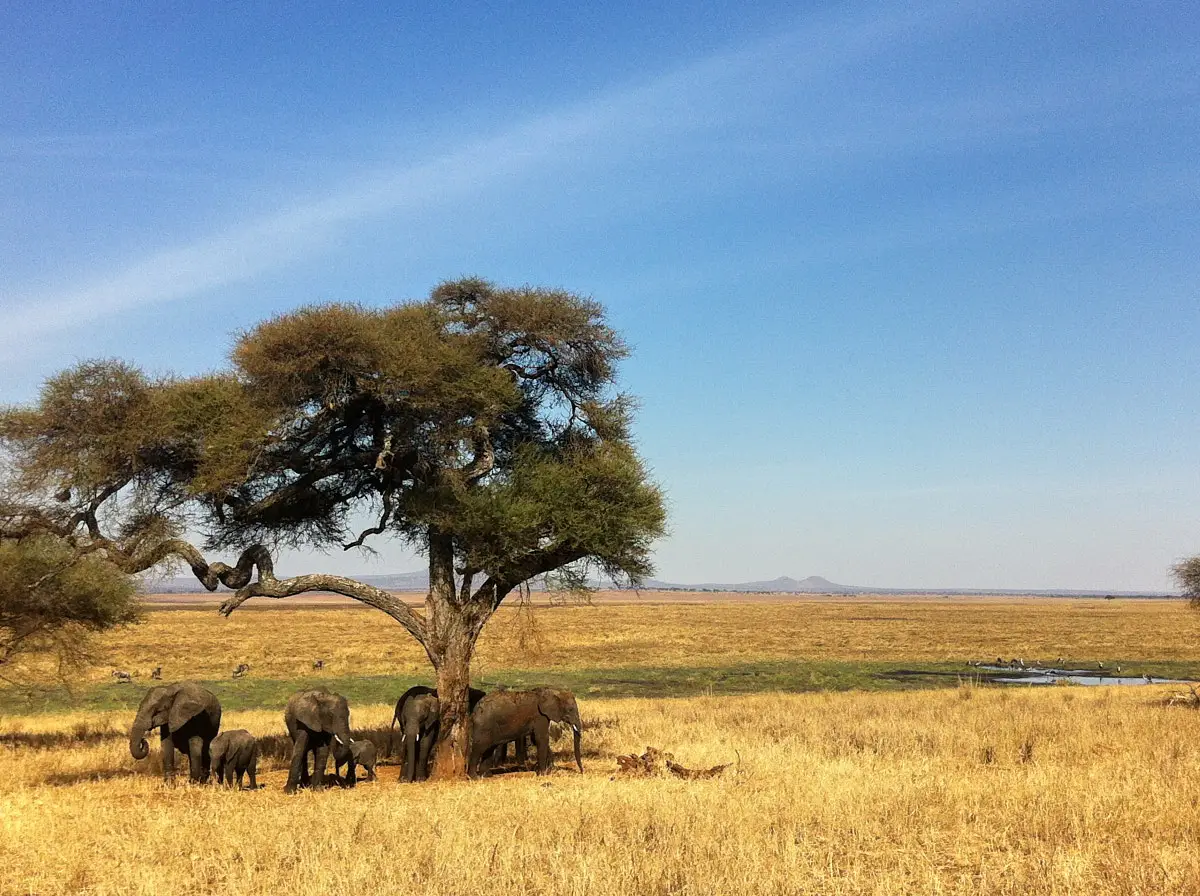
Highlights: The Migration & Africa’s Big 5: Lion, Rhino, Elephant, Buffalo, Leopard.
Is this for me? For the first time safari-goer who wants Tanzania’s famous highlights.
| Day 1 | Arrive. Private transfer to your accommodation. |
| Days 2-3 | Tarangire. |
| Day 4 | Lake Manyara. A designated World Biosphere Reserve, renowned for its seasonal birdlife and diverse ecosystems, making it a haven for bird enthusiasts. |
| Days 5-6 | Ngorongoro Crater. A UNESCO World Heritage Site, this 20-kilometer-wide caldera is home to resident wildlife, including the rare black rhino, and offers exceptional Big Cat sightings year-round. |
| Days 7-9 | Serengeti. Vast grass plains teeming with wildlife, including iconic Big Cats—lion, leopard, and cheetah. World-famous for the Great Wildebeest Migration and seasonal mass wildebeest calving. |
| Day 10 | Fly to Arusha. Private transfer to the international airport. Option for extension to Zanzibar, Mafia, Pemba, or another safari destination. |
Highlights: Exclusive, remote wilderness. Best chance to see Wild Dogs.
Is this Safari for me? For the safari connoisseur who wants to experience Wild Africa – by vehicle, boat & foot.
| Day 1 | Arrive. Private transfer to your accommodation. |
| Days 2-4 | Nyerere National Park (formerly Selous Game Reserve). Nyerere National Park: Africa’s largest protected wilderness, offering unique experiences like boat safaris along its waterways, guided walking safaris, and fly camping under the stars. A stronghold for African wild dogs, offering some of the best chances to see these elusive predators in their natural habitat. |
| Days 5-7 | Ruaha National Park. |
| Days 8-11 | Mahale Mountains National Park. Nestled along the shores of Lake Tanganyika. A remote paradise known for its wild chimpanzee populations and pristine beauty. With lush forests, crystal-clear waters of Lake Tanganyika, and unique trekking opportunities to observe habituated chimps, it offers an unparalleled wilderness experience. |
| Day 12 | Fly to Arusha. Private transfer to the international airport. Option for extension to Zanzibar, Lamu, or another safari destination. (B) |
Tailored entirely to your imagination!
Whether it’s walking with the Hadza or Maasai people, a multi-day horseback safari, sleeping under the stars in open-air beds, or trekking to see chimpanzees, we’ll craft your ultimate adventure.
Reconnect with nature on a mobile safari or enjoy effortless luxury at Tanzania’s finest accommodations, from Singita’s Sasakwa Lodge in Grumeti Reserve to Jabali Ridge in Ruaha.
Let us bring your dream safari to life.
Cost: starting from US$ 1,200 to US$ 5,000+ per person per night.
Includes: almost everything; accommodation, all meals, national park & conservancy fees, game drives in safari modified vehicles, qualified local guide/s, domestic flights, airport transfers, taxes.
Excludes: international flights, visa fees, personal items, optional extras.
Note: we also accept payment in BTC, ETH and USDC.
Katavi National Park: raw, untamed Africa
A remote and untouched wilderness, offering some of Tanzania’s most authentic and crowd-free safari experiences. Known for vast herds of buffalo, dramatic predator encounters, and hippos packed into dwindling pools during the dry season, it’s a haven for those seeking raw, untamed Africa.
Mafia Island: Whale Sharks & Turtles
A laid-back paradise for marine enthusiasts, home to Tanzania’s first and most successful Marine Park, with turtles, reef sharks, and seasonal whale shark encounters.
Pemba: Barefoot paradise & Misali Island Diving
A tranquil, barefoot paradise with aqua-blue waters, mangrove-lined beaches, and pristine diving at Misali Island. Fundu Lagoon is perfect for relaxation or romantic escapes. The northern tip is well suited to advanced divers seeking thrilling walls, ridges, and sea mounts.
Zanzibar: Stone Town, Beaches, Spices, Red Colobus White-sand beaches, crystal-clear waters, and rich cultural heritage in the UNESCO-listed Stone Town. Explore spice farms, encounter rare Red Colobus monkeys in Jozani Forest, enjoy a traditional dhow sailing experience or simply relax and unwind.
Lake Tanganyika: endemic cichlids
One of the world’s largest and deepest freshwater lakes, a remote gem in Western Tanzania. A must for scuba divers and cichlid enthusiasts, it boasts over 250 colourful, endemic cichlid species cherished by aquarium keepers.
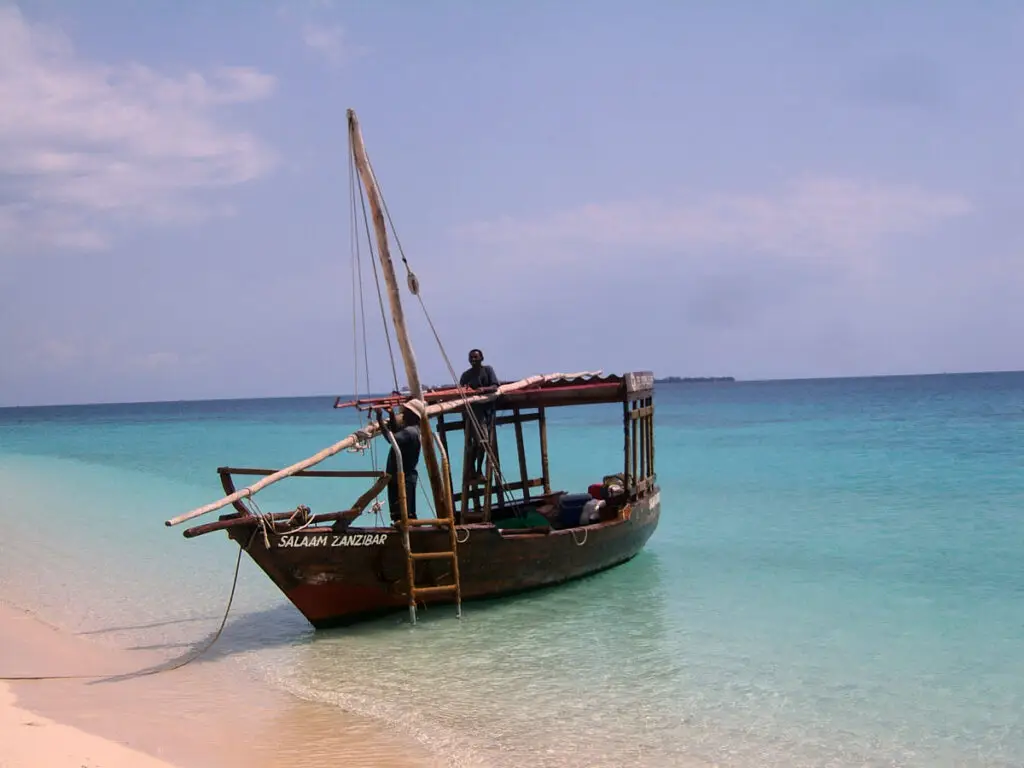
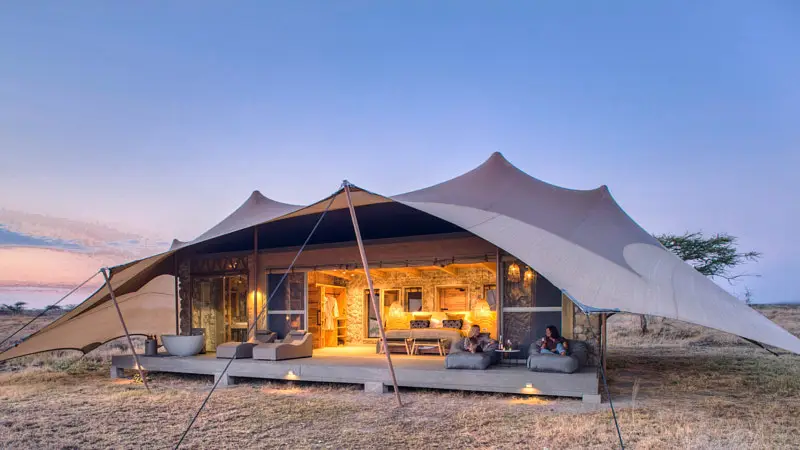
Exclusive, predator-rich safaris in the Serengeti’s eastern wilderness. Extraordinary big cat encounters. Just 11 luxurious tents.
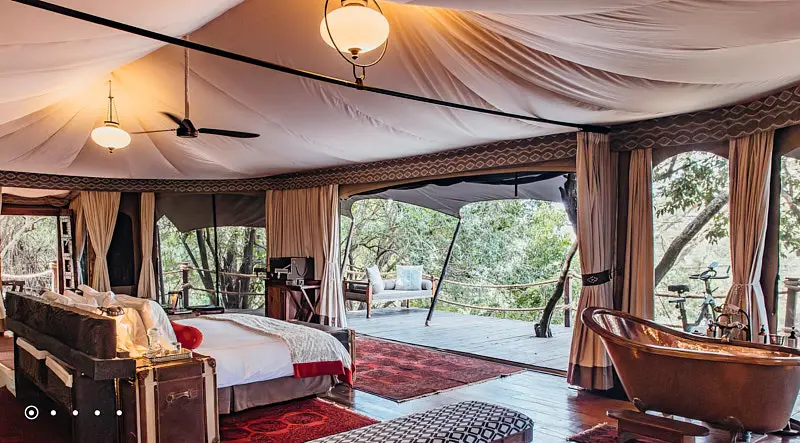
Combining luxurious accommodations with breathtaking views, offering unparalleled safari experiences in a world-famous UNESCO site.
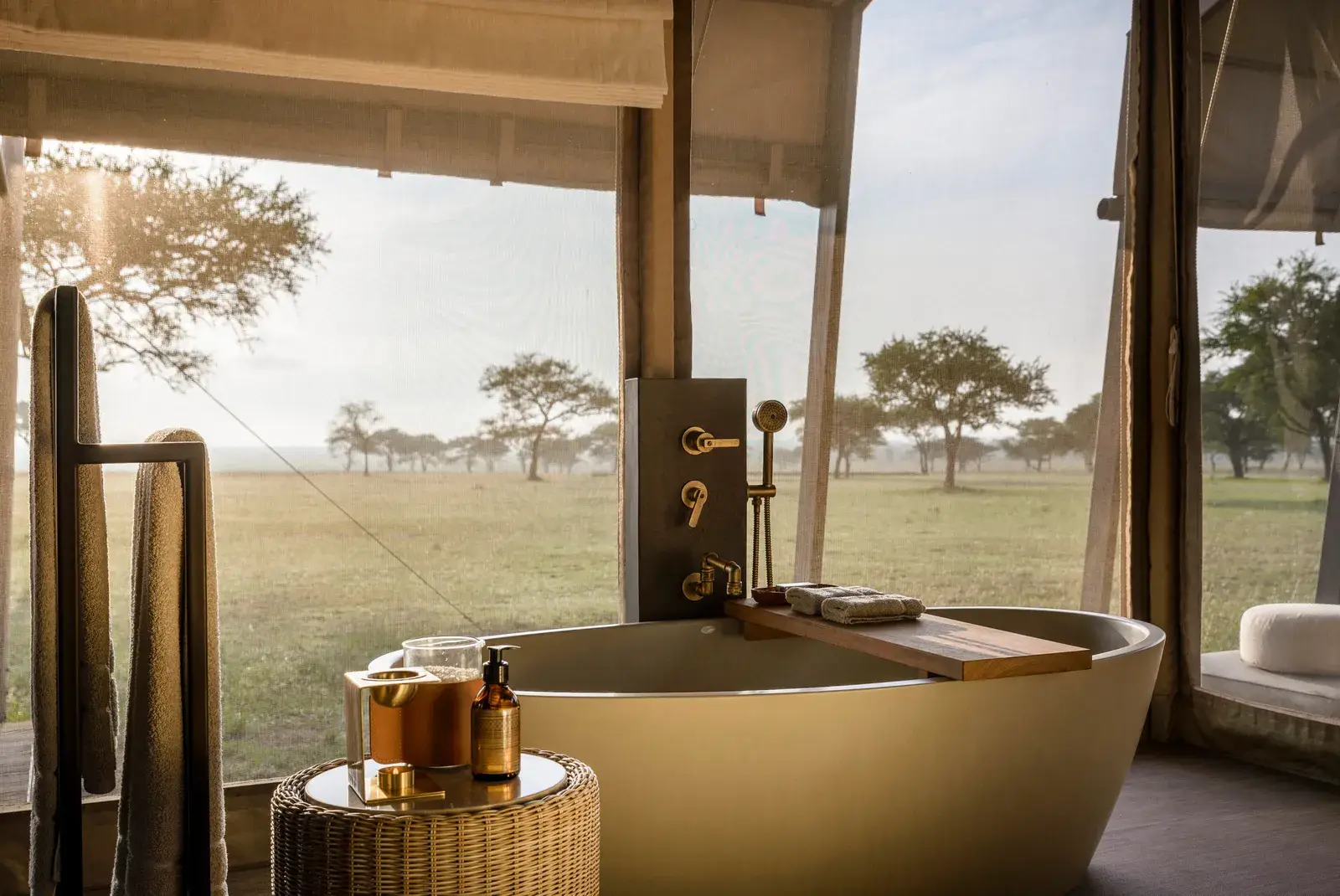
Luxurious tented retreat. Nine suites, refined dining. Uninterrupted views of the plains with abundant wildlife and birdlife. Horseback safaris.
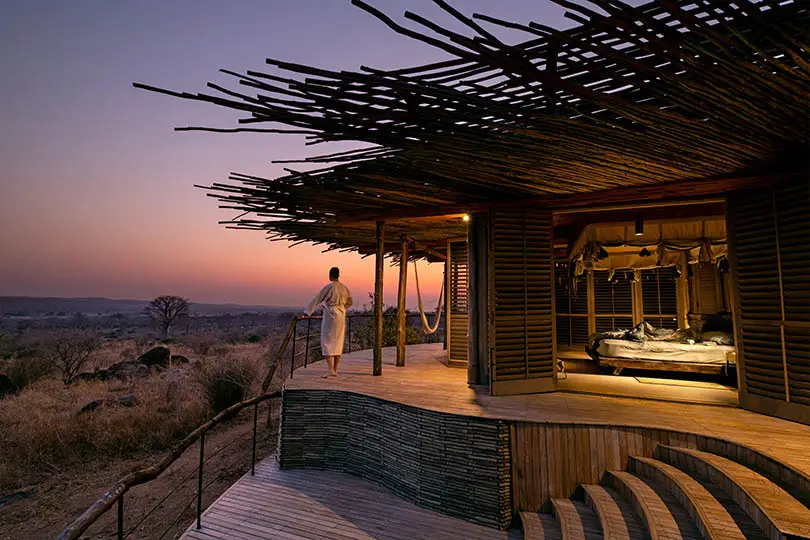
Eight luxurious suites, with panoramic views, exceptional wildlife experiences, and unmatched comfort.
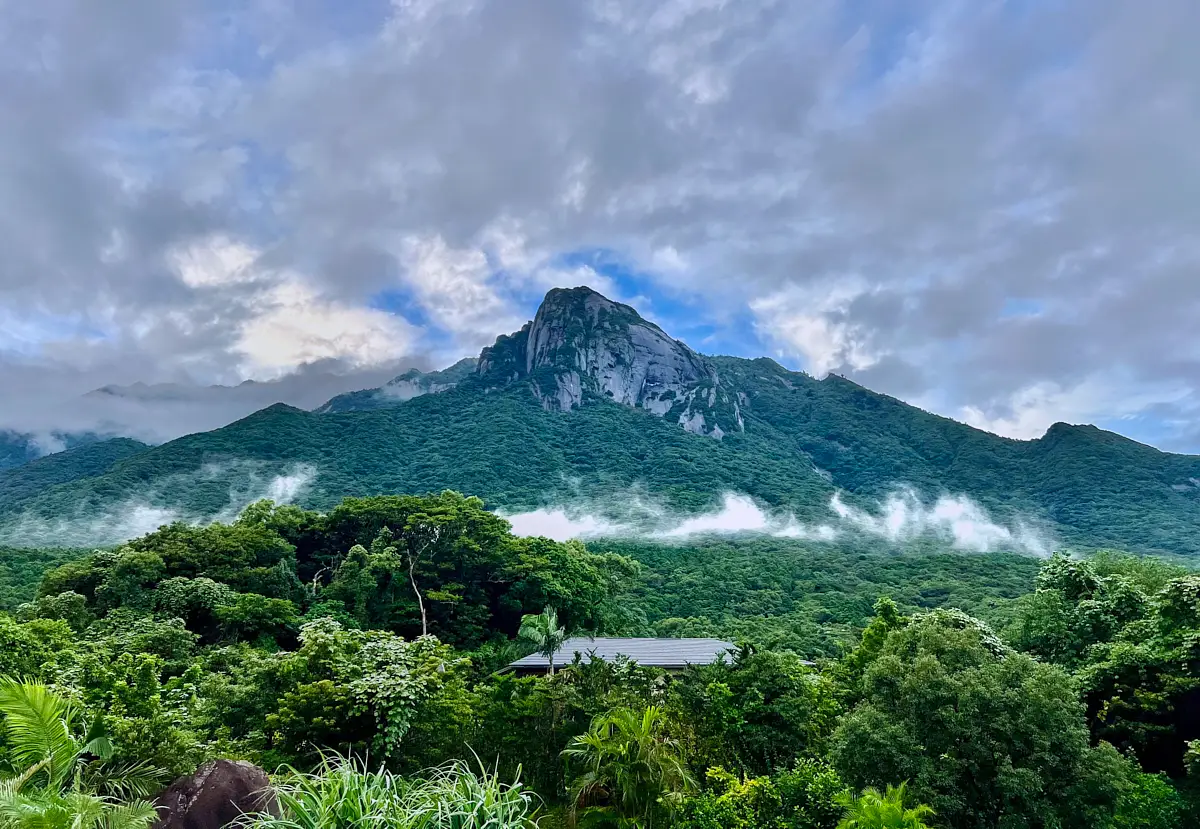
Short dry season with rain showers towards the end of the period.
A month of mass wildebeest calvings in the Serengeti/ Ndutu short grass plains: up to 8,000 calves are born each day. Lots of bounding, wobbly legged wildebeest calves are a sight to behold!
High predator densities & excellent lion, cheetah & hyena sightings.
Great time for birding, with Eurasian migratory bird species present.
Classified as the Long Rains.
However, this is not monsoonal – the typical pattern is: periods of clear skies & mixed cloud, with an afternoon shower.
An excellent time for photography as the air is crisp & clear.
The Wildebeest Migration is spread out over Serengeti’s short grass plains, where they bring up their newly born calves.
Lush, green vegetation & beautiful wildflowers.
Southern & Western national parks are closed for this season.
Start of the cooler, dry season.
Wildlife begins to migrate closer to water sources, making for easier wildlife spotting.
Wildebeest start to gather and head into the western corridor of the Serengeti, heading northwards towards the end of the month.
Dry season, starting off cool & warming up towards the end of the period.
Animals concentrate further around water sources.
During July, more wildebeest head north into the Masai Mara, moving backwards and forwards across the Mara River, between Kenya’s Masai Mara & Tanzania’s Serengeti.
Short rains, bringing relief after the dry season.
November marks the start of the Eurasian bird migration into East Africa.
At the start of this period, the Great Migration starts to head south once again, through the northern Serengeti to the southern Serengeti’s short grass plains.
Seamless Travel: From lodge reservations to transport and lunches, every detail is expertly handled by our experienced coordinators.
Expert Guidance: Skilled local guides share their deep knowledge of wildlife, ecosystems, and culture, ensuring an enriching safari experience.
Safety: Extensive in-country support keeps your journey smooth and secure, even when plans change.
Refined Comfort: Handpicked camps and lodges offer exceptional wildlife viewing, unique accommodations, impeccable service, and meaningful cultural connections.
Full Transparency: No hidden fees or surprises—just clear, upfront communication so you can relax from start to finish.
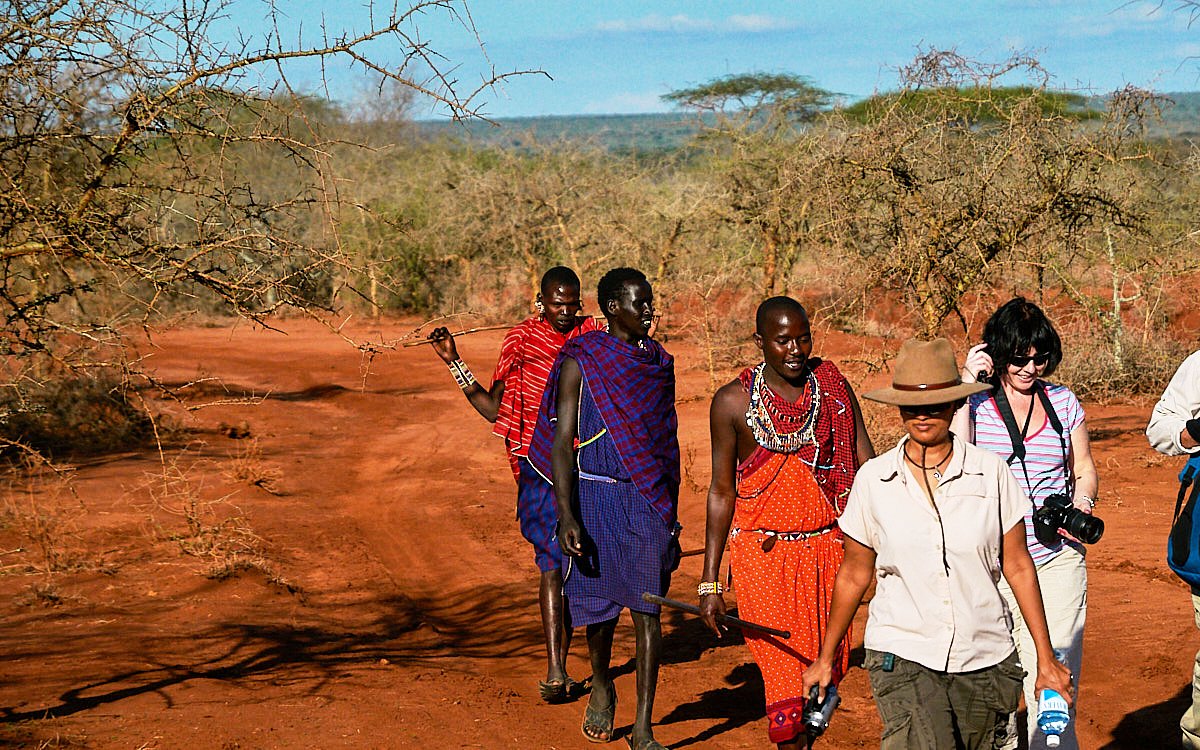
Lorem ipsum dolor sit amet, consectetur adipiscing elit. Ut elit tellus, luctus nec ullamcorper mattis, pulvinar dapibus leo.
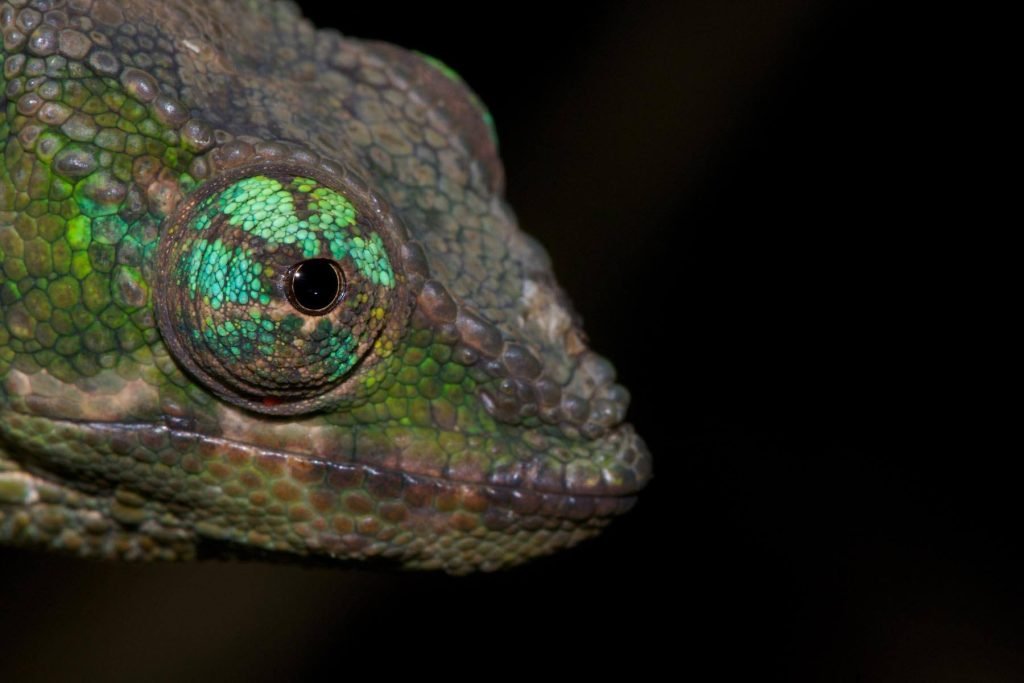
Lorem ipsum dolor sit amet, consectetur adipiscing elit. Ut elit tellus, luctus nec ullamcorper mattis, pulvinar dapibus leo.
